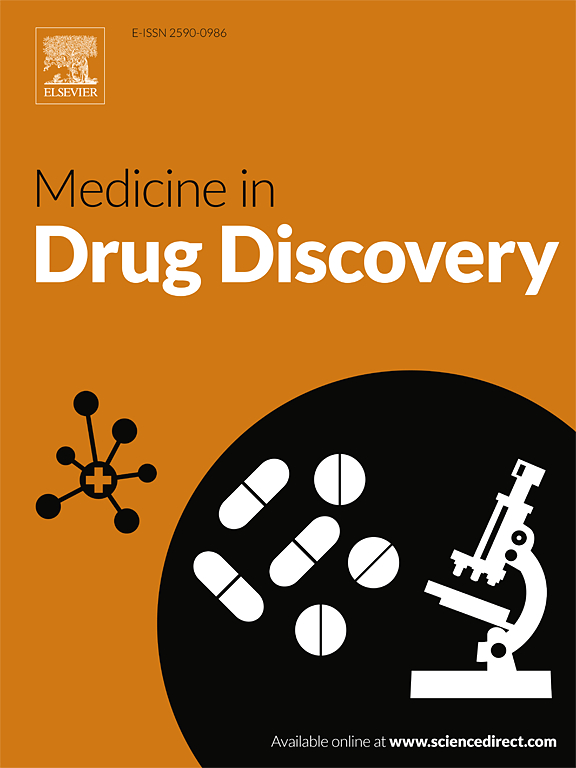全身性惊厥癫痫持续状态成人患者的苯二氮卓类药物治疗时机和死亡率
Q2 Medicine
引用次数: 0
摘要
癫痫持续状态是一种死亡率很高的紧急情况。然而,目前关于抗癫痫药物(AED)的使用时间和死亡率的数据有限,特别是广泛性癫痫持续状态。本研究旨在评估早期AED治疗是否与全身性惊厥癫痫持续状态患者的死亡率相关。这是一项回顾性队列研究,纳入了18岁或以上被诊断为全身性惊厥癫痫持续状态并有出院状态的患者。从大学医院数据库中选取符合条件的患者。死亡率预测因子采用logistic回归分析。共有77例患者符合研究标准;死亡27例(35.06%)。逐步多变量logistic回归分析包括7个因素。其中,只有5个因素保留在死亡率的预测模型中:从癫痫发作到苯二氮卓类药物治疗的时间,从癫痫发作到第一次使用AED的时间,AED的数量,AED的停药和癫痫持续状态严重程度评分(ess)。其中,只有癫痫发作到苯二氮卓类药物治疗的时间和应激压力与死亡率独立相关,校正比值比分别为1.03(95%可信区间为1.01,1.06)和1.54(95%可信区间为1.08,2.22)。从癫痫发作到苯二氮卓类药物治疗5分钟或更长时间的敏感性为100%。早期应用苯二氮卓类药物治疗,即在癫痫持续状态发生后5分钟内,可降低全面性惊厥癫痫持续状态的成人患者的死亡率。本文章由计算机程序翻译,如有差异,请以英文原文为准。
Timing of benzodiazepine treatment and mortality in adult patients with generalized convulsive status epilepticus
Status epilepticus is an emergency condition with a high mortality rate. However, there is currently limited data on the timing of antiepileptic drugs (AED) and mortality, particularly generalized convulsive status epilepticus. This study aims to evaluate if early AED treatment is associated with mortality in patients with generalized convulsive status epilepticus. This was a retrospective cohort study, which enrolled patients 18 years or over who had been diagnosed with generalized convulsive status epilepticus and had discharge status. Eligible patients were selected from the database of University Hospital. Predictors for mortality were analyzed by logistic regression analysis. A total of 77 patients met the study criteria; of those 27 patients (35.06 %) died. There were seven factors included in the stepwise multivariable logistic regression analysis. Among those, only five factors were retained in the predictive model for mortality: These included the time from seizure onset to benzodiazepine treatment, the time from the seizure onset to the first AED, number of AEDs, AED withdrawal, and Status Epilepticus Severity Score (STESS). Of those, only the time from seizure onset to benzodiazepine treatment and the STESS were independently associated with mortality with adjusted odds ratios of 1.03 (95 % confidence interval of 1.01, 1.06) and 1.54 (95 % confidence interval of 1.08, 2.22), respectively. Sensitivity of time from seizure onset to benzodiazepine treatment of five minutes or more had a sensitivity of 100 %. Early treatment with benzodiazepine, that is within five minutes after the occurrence of status epilepticus may lower mortality rate in adult patients with generalized convulsive status epilepticus.
求助全文
通过发布文献求助,成功后即可免费获取论文全文。
去求助
来源期刊

Medicine in Drug Discovery
Medicine-Pharmacology (medical)
CiteScore
8.30
自引率
0.00%
发文量
30
审稿时长
21 days
期刊介绍:
 求助内容:
求助内容: 应助结果提醒方式:
应助结果提醒方式:


